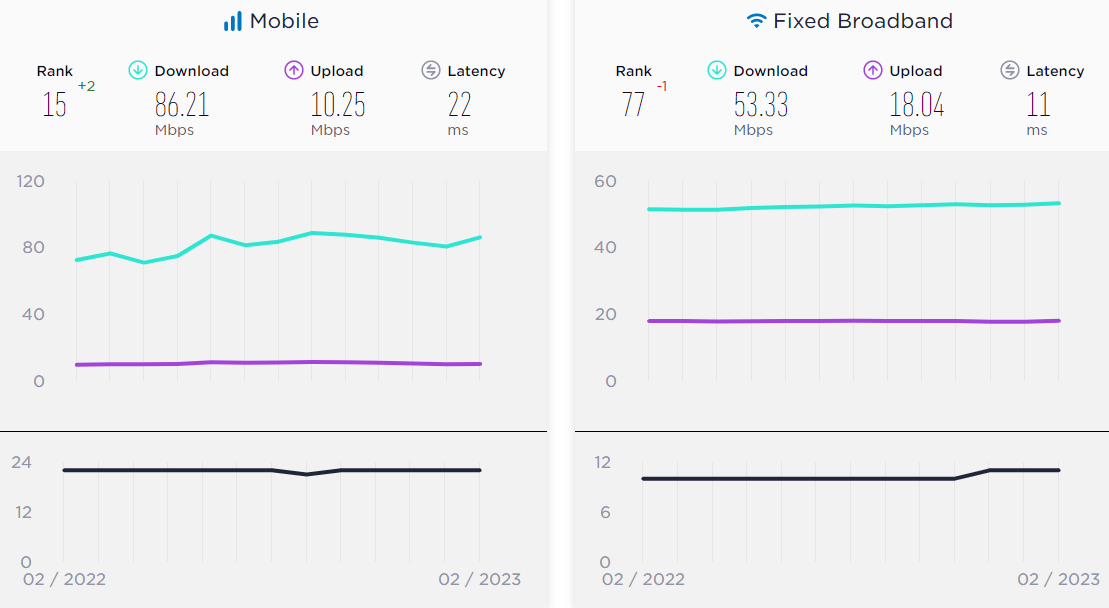5G mobile internet is cutting the National Broadband Network’s (NBNs) lunch and threatening its long-term viability.
In 2022, Australian households paid an average of $71 per month – more than $850 per year – on NBN plans.
This cost is set to rise, with the NBN Co attempting to double the price of its lowest-tier wholesale broadband plan by 2033.
At the same time, companies like Telstra, Optus and TPG are offering Fixed Wireless Access 5G broadband that can deliver high data transfer speeds and low latency at lower cost than the NBN.
For example, a typical 50mbps download plan on the NBN costs consumers about $70 per month, whereas Optus and TPG are offering Fixed Wireless Access 5G broadband at the same speed but $10 to $15 cheaper.
Elon Musk’s StarLink satellite internet service is also emerging as an alternative to the NBN, especially in remote areas.
Australians are, therefore, increasingly leaving the NBN for cheaper wireless alternatives, with NBN Co recording its first ever fall in residential connections over the December quarter of 2022, according to ACCC data.
Who can blame them, given Australia’s fixed line broadband ranks at a lowly 77 in the world, whereas our mobile broadband ranks at 15, with average download speeds that put the NBN to shame:

As noted this week by John Beveridge at Small Caps, mobile providers have figured out that they “can control the costs of its 5G connection, and the profits made from it a lot easier than having another company in the form of the NBN sitting in the middle”.
“This shows the very real technological and business challenges facing the NBN”, with “accelerating competition from mobile broadband threatening the market share and viability of the NBN”.
Beveridge observed that the NBN’s business model “relies on it being the almost ubiquitous internet provider to most households and businesses”.
Therefore, “if the number of households and businesses that abandon the NBN grows significantly over time, the idea of the NBN being able to soak up its large fixed costs by growing its pricing power starts to make no sense at all”.
“If the NBN starts to spread its costs over a smaller number of customers, the chances of it making an economic return shrink alarmingly”, Beveridge argued.
As a result, NBN Co last week slashed 500 jobs (10% of its staff) in a desperate attempt to streamline its costs to remain competitive.
Beveridge believes “it is hard to see that this will be the end to the cost cuts to meet the growing 5G competitive challenge”.
“With its high historic costs and the need to keep a large staff in the field to keep upgrading the fibre, fixed wireless and satellite network, NBN will have its work cut out competing”.
I have made similar arguments in the past.
The NBN’s enormous fixed costs means that nearly every Australian household needs to subscribe to the network for it to remain financially viable.
But with growing numbers of households ditching the NBN for cheaper wireless alternatives, these fixed costs are being spread over a shrinking subscriber base, eating into the NBN’s margins and placing upwards pressure on prices.
However, as the NBN’s prices rise, more households will leave the network for wireless, and the cycle will repeat.
Hence my persistent argument that NBN Co is tumbling into a ‘death spiral’ of falling connections and rising costs.
Put simply, the economics of the NBN stink, and there are no easy solutions to its problems.

